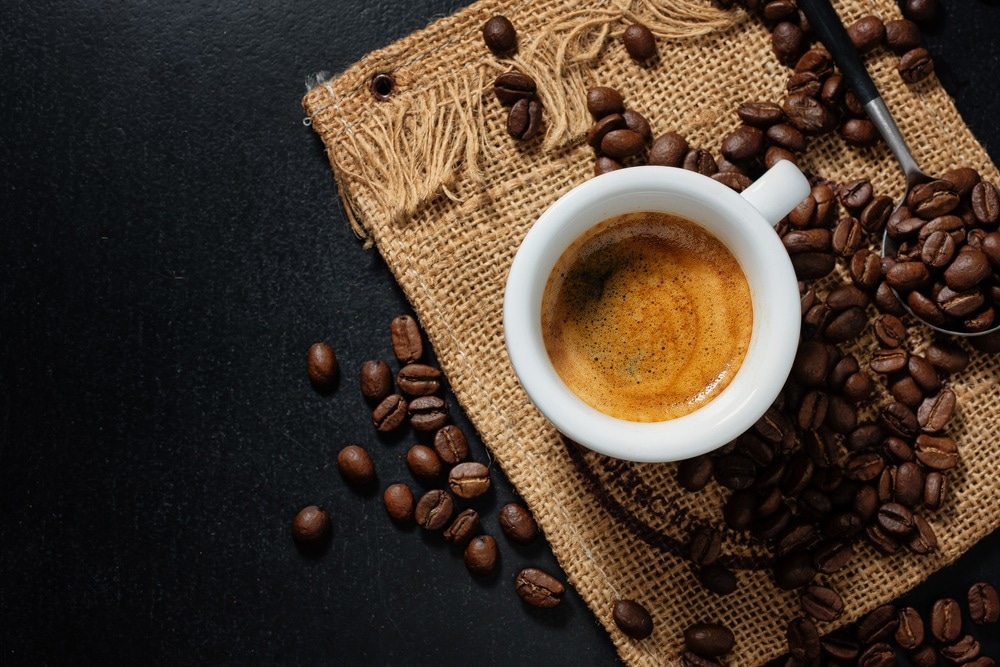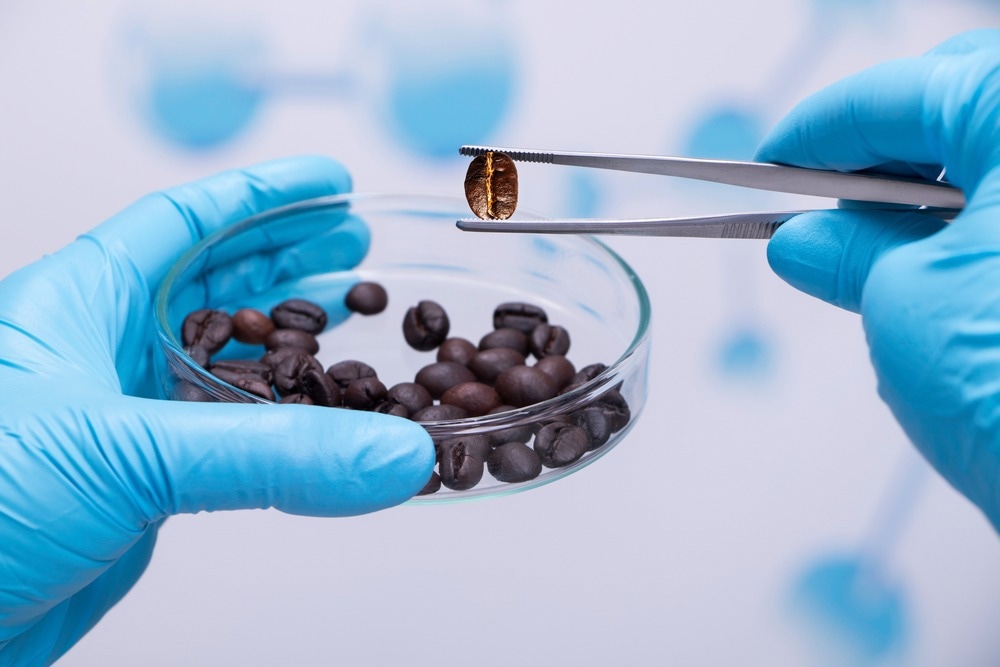After water, coffee is the most consumed beverage in the world. Believed to have first been drunk in Ethiopia and the Middle East as early as the 16th century, coffee rapidly spread in popularity across the globe after entering Europe through Venice and was powerful enough to forge a social revolution.

Image Credit: nerudol/Shutterstock.com
Over the centuries, coffee’s unique taste and smell, as well as its cognitive effects, have helped to grow its popularity. As of 2022, coffee was the 261st most traded product globally, accounting for $11 billion worth of trade.
Coffee is not a uniform product. There is ‘good’ coffee and ‘bad’ coffee and everything in between, according to coffee drinkers. The roasting process is vital in establishing the perceived quality of the final coffee product. In addition, the processing of coffee beans is also a critical stage that dictates the quality of the final product.
During processing, it is essential that the moisture levels of the coffee beans are closely monitored so that they are maintained at optimal levels; too much or too little water can damage the taste of the beans.
Recently, scientists have established methods of analyzing and classifying coffee beans with sensor technology to select the highest quality beans from those of lower quality.
Sensors That Sniff Out Good Coffee
In 2022, a team of scientists in Barcelona, Spain, published the findings of their research that demonstrated the efficacy of an e-nose in classifying samples of coffee beans. The team roasted samples of coffee beans at different thermal treatment intensities to obtain a range of aromatic compounds.
Next, the samples were analyzed with a variety of methods: sensory analysis, volatile compound profiling, and electronic nose analysis. The team found that through principal component analysis and partial least squares (PLS) discriminant analysis, the e-nose was able to discriminate between coffee beans subjected to different thermal treatments.
A testing panel and volatile compounds were used to establish an aromatic profile for the discrimination of the samples of roasted beans. Signature profiles were established for beans that were determined to have positive aromatic attributes. These profiles could be distinguished by the e-nose.
Given the importance of aroma in determining the quality of coffee, this e-nose technique is extremely useful in determining and classifying coffee beans after processing. The e-nose is a cheap and non-destructive method that will be valuable in determining the quality of coffee beans, which will be invaluable to the coffee industry, enhancing the standardization of the industry as well as improving quality control, safety, and traceability.

Image Credit: Tonhom1009/Shutterstock.com
Monitoring Coffee Bean Moisture with Sensor Technology
Over the years, coffee producers have increasingly recognized the importance of maintaining optimal moisture levels while processing coffee beans. Failing to control this variable can result in detrimental effects on the coffee’s aroma and taste.
Commercially available technologies have been developed to accurately monitor coffee bean moisture during the production process. MoistTech Corp, a US-based developer and manufacturer of moisture measurement and control technology, for example, has established its IR-3000 coffee bean moisture sensor that can accurately measure the moisture, coat weight, thickness and temperature of a sample.
This product is ideally leveraged during the coffee production process to monitor sample moisture levels. In doing so, the technology helps coffee producers to maintain high-quality standards and improve standardization.
The Benefits of Sensor Technology in Coffee Bean Analysis
Such sensor technologies can provide further benefits to coffee producers in addition to the analysis and classification of coffee beans that enhance product quality and boosts standardization. Many sensor technologies employed in this field allow coffee producers to reduce their energy costs and waste by optimizing their processes.
They can also facilitate plant efficiency by getting the most out of the coffee beans and reducing damage. Sensors can also be used to benefit product inspection and quality control, thus enhancing the quality of the end product and increasing consumer trust in the product.
Technology for the Growing Coffee Industry
Coffee has been popular for centuries, and its popularity shows no signs of dwindling. In 2020, the global coffee market was valued at $102.02 billion, and it is projected to grow at a CAGR of 4.47% between 2023 and 2025. Recent research has suggested that quality, above all else, could be the most important motivator for consumers when choosing coffee. Most coffee drinkers consume a ‘gourmet coffee’ within a 24-hour period.
This highlights the importance of technology that can analyze and categorize coffee. Sensor technology, such as that discussed above, is enabling coffee producers to distinguish coffee that is how higher quality (e.g. desirable aroma and taste profiles), helping them to achieve consistency in product quality and bolster consumer trust in a brand. In the future, it is likely that sensor technology will become an important aspect of coffee production globally.
References and Further Reading
A drink for the devil: 8 facts about the history of coffee [online]. History Extra. Available at: https://www.historyextra.com/period/medieval/history-coffee-facts-discovery-use-drink-social-revolution/ (Accessed January 2023)
Barea-Ramos, J.D. et al. (2022) “Evaluation of the olfactory quality of roasted coffee beans using a digital nose,” Sensors, 22(22), p. 8654. doi.org/10.3390/s22228654.
Coffee Bean Moisture [online]. MoistTech. Available at: https://www.moisttech.com/applications/human-food-moisture/coffee-bean-moisture/
How to Meet The Needs of Today’s Coffee Shop Customer [online]. Perfect Daily Grind. Available at: https://perfectdailygrind.com/2020/06/how-to-meet-the-needs-of-todays-coffee-shop-customer/
$102 Billion Global Coffee Market Growth, Trends, COVID-19 Impact, and Forecasts 2022 - 2027 [online]. Available at: https://www.businesswire.com/news/home/20220311005339/en/102-Billion-Global-Coffee-Market-Growth-Trends-COVID-19-Impact-and-Forecasts-2022---2027---ResearchAndMarkets.com
Disclaimer: The views expressed here are those of the author expressed in their private capacity and do not necessarily represent the views of AZoM.com Limited T/A AZoNetwork the owner and operator of this website. This disclaimer forms part of the Terms and conditions of use of this website.